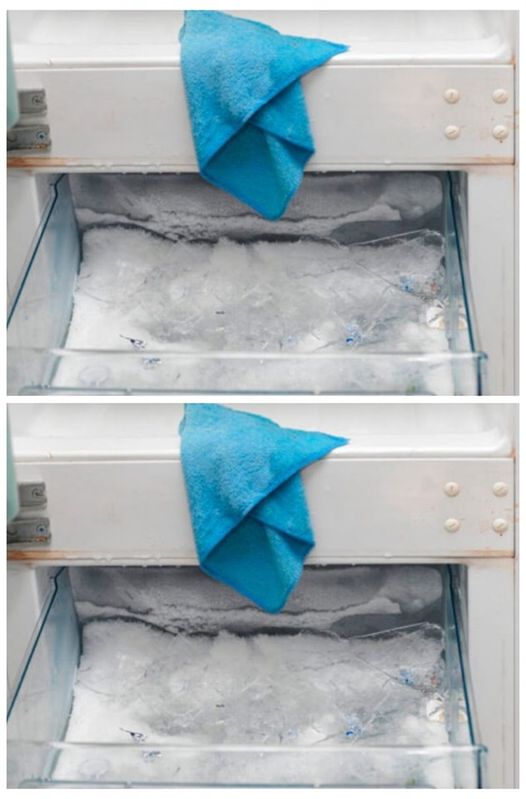ADVERTISEMENT
Certainly! Here’s an informative article on “How to Prevent Frost from Forming in Your Freezer”:
How to Prevent Frost from Forming in Your Freezer
Frost buildup in your freezer can be a frustrating and inconvenient problem, especially when it starts to accumulate and take up valuable space. Not only does frost make it harder to store your frozen foods, but it can also cause your freezer to work less efficiently, increasing your energy bills and affecting the quality of your frozen goods. Fortunately, preventing frost buildup is easier than you might think!
In this article, we’ll go over the main reasons frost forms in your freezer and share practical tips to keep your freezer frost-free and running efficiently.
❄️ Why Does Frost Form in Your Freezer?
Before we dive into the solutions, it’s important to understand why frost develops in the first place:
- Warm Air Enters the Freezer: Every time you open the freezer door, warm, moist air from the outside enters the freezer. When this air hits the cold surfaces inside, the moisture in the air condenses and freezes, leading to frost buildup.
- Improper Sealing: If the freezer door doesn’t seal properly, air can continuously flow in, allowing moisture to accumulate and freeze. This is often the culprit of excessive frost.
- Frequent Door Openings: The more you open the door, the more moisture-laden air enters. This is particularly problematic if you’re in and out of the freezer a lot or if the door is left open too long.
- Defrost Cycle Issues: Most modern freezers have an automatic defrost cycle. If this function isn’t working properly, it can cause frost to form, as the freezer fails to melt the ice that has built up inside.
🧊 Tips to Prevent Frost from Forming in Your Freezer
Now that we understand why frost forms, let’s explore some simple steps you can take to prevent it:
1. Check the Door Seal
One of the most common causes of frost buildup is a faulty door seal. If the door doesn’t close completely, warm air can enter the freezer, bringing moisture with it.
- Tip: Inspect the gasket (rubber seal) around the door for any cracks, tears, or signs of wear. If you find any damage, replace the gasket to ensure a proper seal. To test the seal, close the door on a piece of paper or a dollar bill. If you can pull the paper out easily, the seal isn’t tight enough.
2. Limit the Frequency of Door Openings
Constantly opening the freezer door allows warm, humid air to enter. Try to limit the number of times you open the freezer, and when you do, do it quickly to reduce the amount of moisture that gets inside.
- Tip: If you often find yourself digging through the freezer, consider organizing the items in a way that makes it easier to access what you need without leaving the door open too long.
3. Store Food Properly
Storing food properly in your freezer can help prevent frost buildup. When you place food inside your freezer, ensure that it’s tightly wrapped or stored in airtight containers. This reduces the amount of moisture that is released into the freezer air.
- Tip: Use freezer bags for items like vegetables, meats, and leftovers. Squeeze out as much air as possible to minimize condensation. Vacuum-sealing food is also an excellent option to keep moisture out.
4. Set the Temperature Correctly
The temperature in your freezer should be set between 0°F (-18°C) and -10°F (-23°C). If your freezer is too cold, it can lead to excess frost. If it’s too warm, your freezer might
